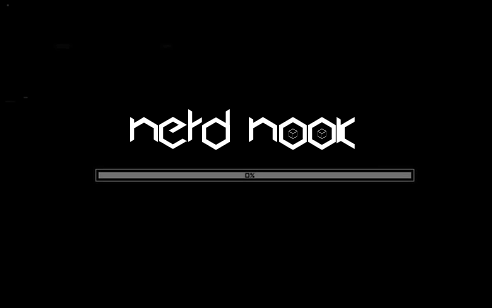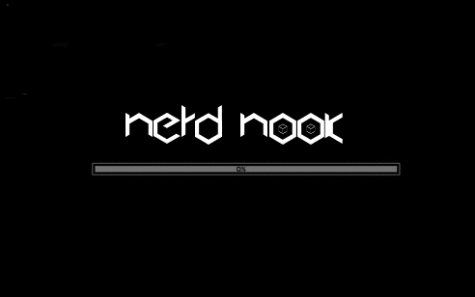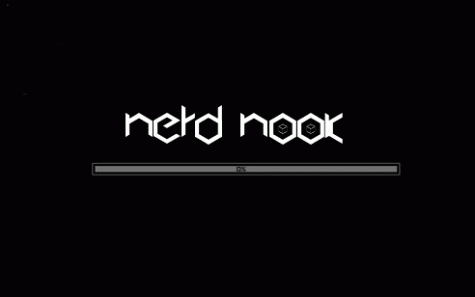How The Witcher 3 Changed DLC And Day One

November 4, 2015
CD Projekt RED recently released their first piece of paid DLC and have received acclaim for managing to maintain the quality of the main game’s story and even surpass it in some regards. While this was the first paid DLC, Developer CD Projekt RED has been releasing free micro DLCs for past few months since its release in May. These small additions to the main game were nothing major, but it was a good gesture from CD Projekt RED to show consumers what they would be charged for wouldn’t be a minimally developed cash grab, what other publishers are usually accused of, especially with day one DLC.
Day one for most triple A producers is characterized by small, trivial additions like skins and repainted gear, things that don’t really add to the whole product. These will usually pop up as micro-transactions throughout the game. Even the first one or two larger DLCs are already on the disc, leading to what players will characterize as ransoming off the last pieces of the game that they already payed for.
The Witcher 3 broke the mold of triple A production with its consumer friendly marketing. This CD Projekt RED’s first Triple production, but already my own standards of what to expect from day one. Developers should only be charging for meaningful content that was developed to the quality of the base game. Day one shouldn’t be a cash grab with an overload of opportunities to just spend more money on content with no real value compared to the base game. Such meaningless additions should rather be free, as a way of telling the consumer they are valued. Companies that support the community in this way are often the most beloved as well as profitable (ie Steam,Valve, Rockstar, Bethesda). Additional content needs to be what it is called, a genuine addition to the base product, if the standards of DLC in the industry are to change.










































